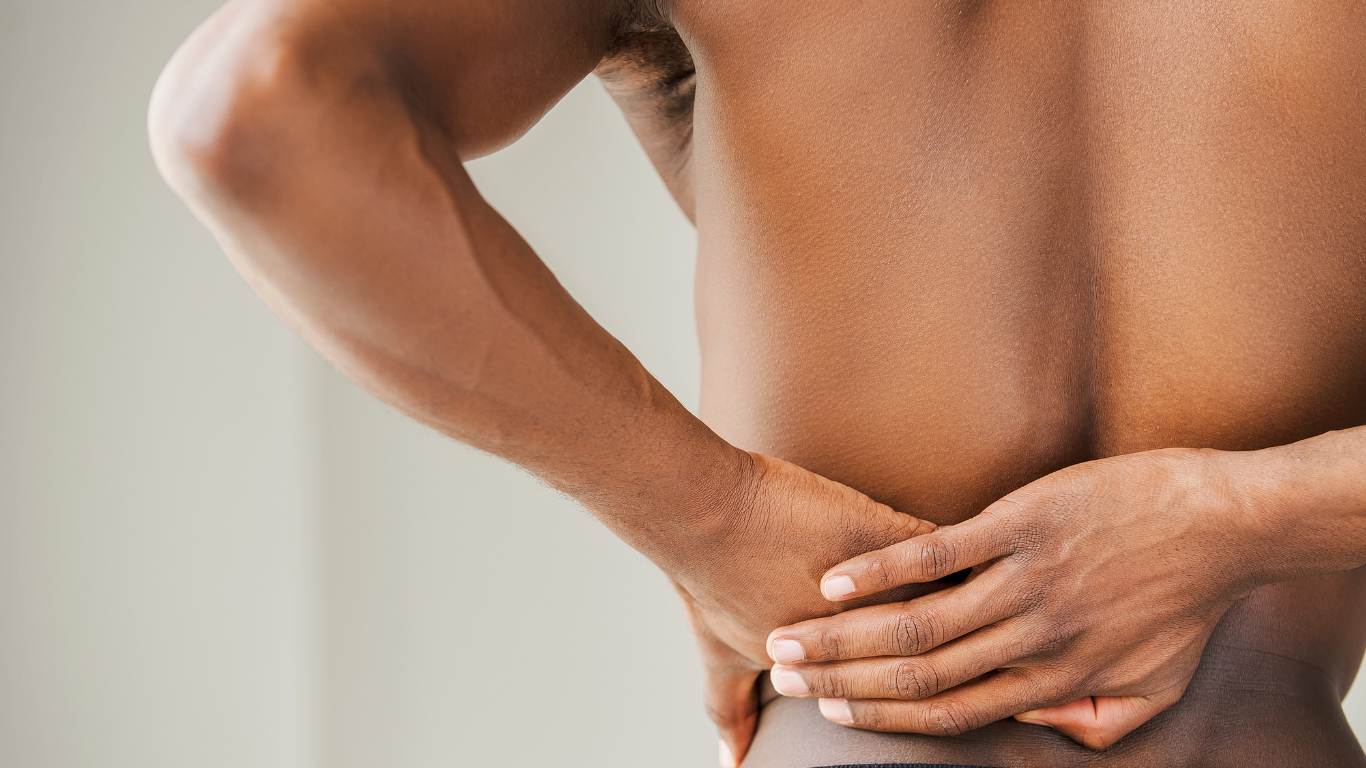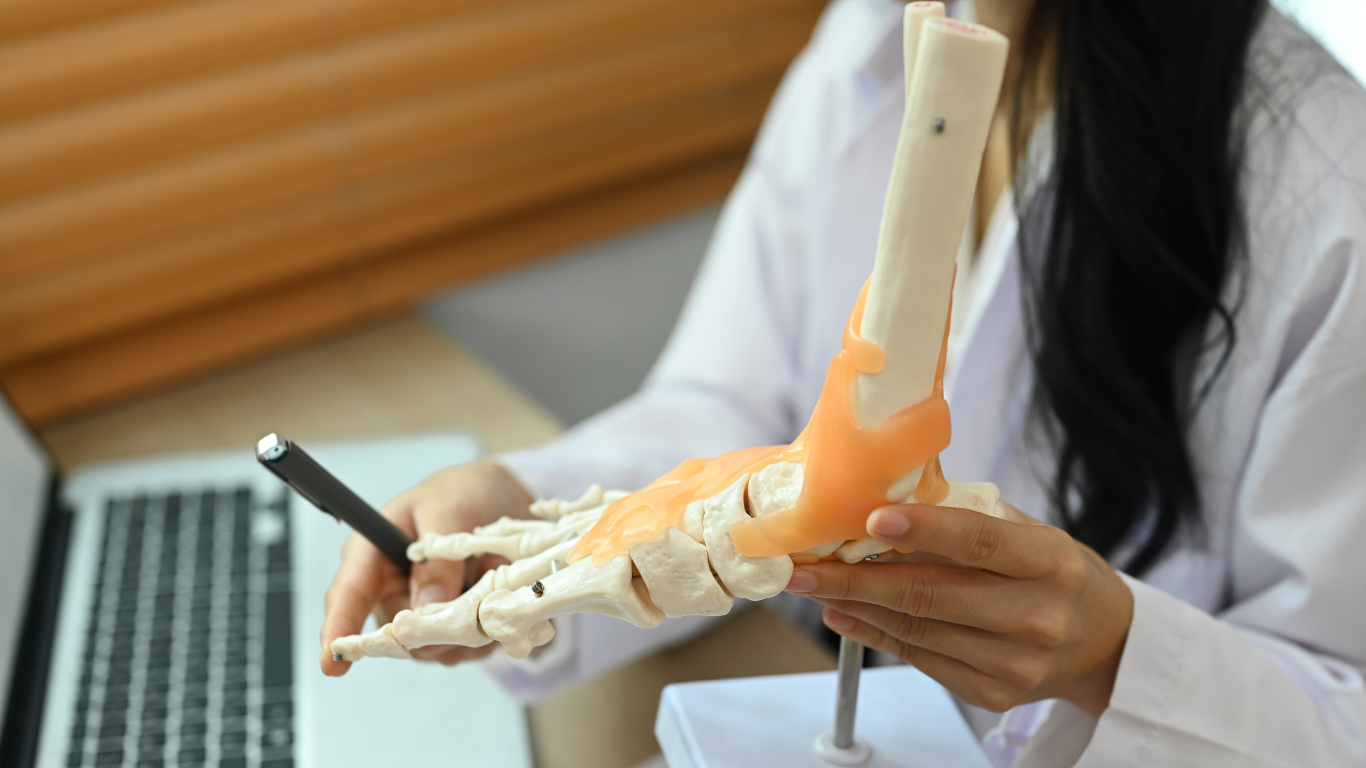Recovering from ACL surgery can be challenging, especially during the first week. During this crucial time, following proper care and guidelines is essential for healing. Patients will need to manage pain, keep the knee stable, and begin initial movements to prevent stiffness.
Post-surgery, many may feel anxious about their activity levels and how to return to normal life. It's important to know what to expect in terms of physical therapy and daily routines.
Building a solid foundation in the first week can make a significant difference in the recovery journey.
Taking care of nutrition and hydration is also key. These factors support healing and help manage inflammation after surgery. Understanding these aspects will help make the process smoother and more effective.
Key Takeaways
- Following care guidelines help ensure proper healing.
- Early physical therapy starts the recovery process.
- Nutrition and hydration support overall recovery.
Immediate Post-Surgery Care
After ACL surgery, proper care in the first days is essential for healing. This includes managing pain effectively and taking care of the surgical wound.
Pain Management
Managing pain after ACL surgery is crucial for comfort and recovery. Patients often experience pain, which can vary in intensity. Our team of specialists prescribes pain medication to help control this discomfort.
Patients should take medications as directed, allowing enough time for them to work. Ice packs can also be applied to the knee to reduce swelling and numb the area. Ice should be used in 15-20 minute intervals, with a barrier like a cloth to protect the skin.
Keeping the leg elevated can also help reduce swelling and pain. It's important to track pain levels and communicate with Dr. Max or the team about any changes.
Wound Care
Taking care of the surgical wound is vital for preventing infection. Patients should keep the area clean and dry. Changing dressings as instructed by Dr. Max helps maintain cleanliness.
It's essential to look for signs of infection, such as increased redness, swelling, or discharge. Patients should wash their hands before touching the wound or changing dressings.
If stitches are present, our team will guide you when to remove them. Keeping the wound protected during physical activities is important for safe recovery.
Physical Therapy and Rehabilitation
After ACL surgery, physical therapy is crucial for recovery. It focuses on restoring strength and movement while reducing pain and swelling. The first week involves specific exercises and techniques that help patients progress safely.
Initial Exercises
During the first week, simple exercises are vital. They help regain strength without straining the knee. Common initial exercises include heel slides and quadriceps sets.
- Heel slides: This exercise involves sliding the heel toward the buttocks while lying down. It helps improve flexibility.
- Quadriceps sets: While sitting or lying down, patients tighten the thigh muscle without moving the knee. This promotes muscle activation.
It's essential to perform the exercises your physical therapist prescribes multiple times a day, aiming for 10-15 repetitions each. Keeping a steady schedule will help strengthen the muscles around the knee effectively.
Swelling Reduction Techniques
Swelling is common after surgery. Managing it is key to a successful recovery. Effective techniques include ice application and elevation.
- Ice application: Patients should apply ice wrapped in a cloth to the knee for 15-20 minutes every couple of hours. This reduces inflammation and numbs pain.
- Elevation: Keeping the leg raised above heart level helps decrease swelling. Using pillows while resting can assist in maintaining elevation comfortably.
These methods should be part of daily care for optimal results. Consistent use can significantly help with discomfort and improve function.
Range of Motion Improvement
Restoring the range of motion is important in the first week. Specific movements can promote flexibility and ease stiffness.
- Gentle stretching: Focus on gentle stretching of the leg muscles. This includes bending and straightening the knee slowly.
- Passive range of motion: A caregiver can assist by moving the leg gently. This helps maintain mobility when patients cannot do it themselves.
Aim for 5-10 minutes of these activities several times a day. Tracking progress can motivate patients and ensure they are moving towards their recovery goals effectively.
Activity Guidelines
Following ACL surgery, it is essential to follow specific activity guidelines. This will help ensure proper healing and reduce the risk of complications. The focus should be on weight-bearing practices and the use of support devices.
Weight Bearing Protocols
After an ACL surgery, the ability to bear weight on the leg will depend on the individual’s recovery plan. Most patients start with partial weight-bearing as soon as possible. This means using crutches to help support the body’s weight while walking.
Gradually, patients can increase weight-bearing as advised by our team. Common weight-bearing stages include:
- Non-weight bearing (0-1 weeks): No weight on the leg.
- Partial weight bearing (1-2 weeks): Up to 50% of body weight.
- Full weight bearing (2-4 weeks): As tolerated, usually around 4 weeks post-surgery.
Adhering to these protocols can help improve the healing process.
Bracing and Support
Bracing is often recommended after ACL surgery to stabilize the knee. A brace can control movement and protect during the recovery phase. The type of brace required may vary.
Common options include:
- Functional braces: Allow some movement but support overall stability.
- Rehabilitative braces: Limit motion to promote healing.
In addition, using crutches or a walker can aid mobility. This helps reduce strain on the knee while walking. Patients should follow their doctor's advice regarding when and how to use these supports. Adjustments may be needed as healing progresses.
Nutrition and Hydration
Nutrition and hydration play a key role in recovery after ACL surgery. Proper intake can support healing and promote overall well-being.
Nutritional Guidelines
Protein
Important for tissue repair. Sources include:
- Chicken
- Fish
- Beans
- Eggs
Fruits and Vegetables
Provide vitamins and minerals.
- Focus on colorful choices.
- Aim for at least five servings daily.
Whole Grains
Help with energy levels.
- Examples are brown rice and whole-grain bread.
Hydration
Staying hydrated is crucial. Water helps the body function well and aids recovery.
- Daily Intake: Aim for at least 8-10 cups of water each day.
- Signs of Hydration: Look for clear or light-colored urine.
Tips for Success
- Meal Prep: Plan meals to ensure balanced nutrition.
- Snacks: Keep healthy snacks available, like nuts or yogurt.
- Limit Processed Foods: Choose fresh and whole options whenever possible.
A balanced diet and proper hydration support healing. Making these choices can lead to a more comfortable recovery period.


.png)


